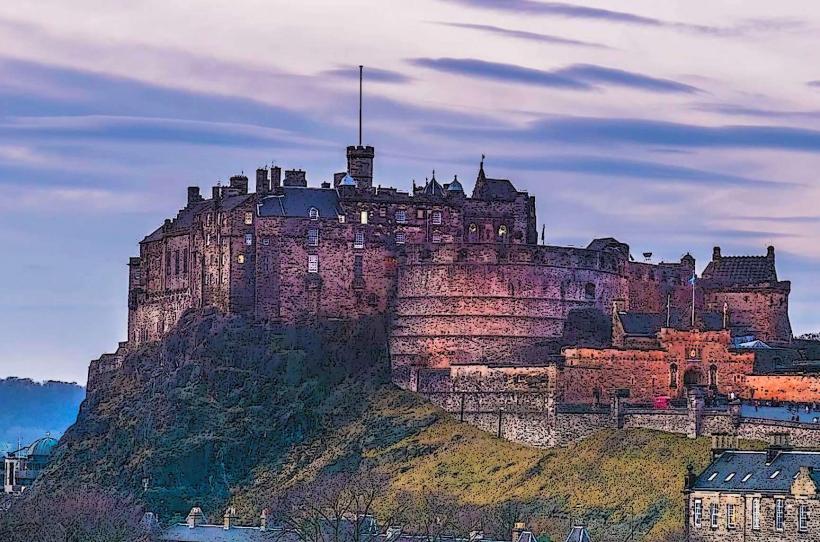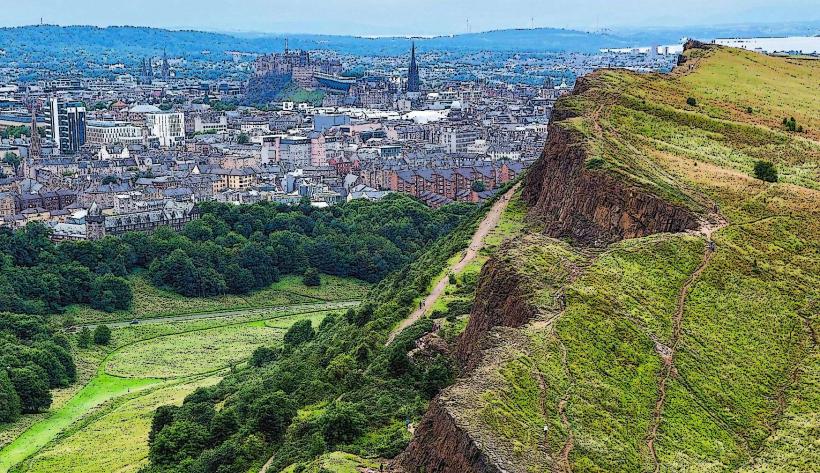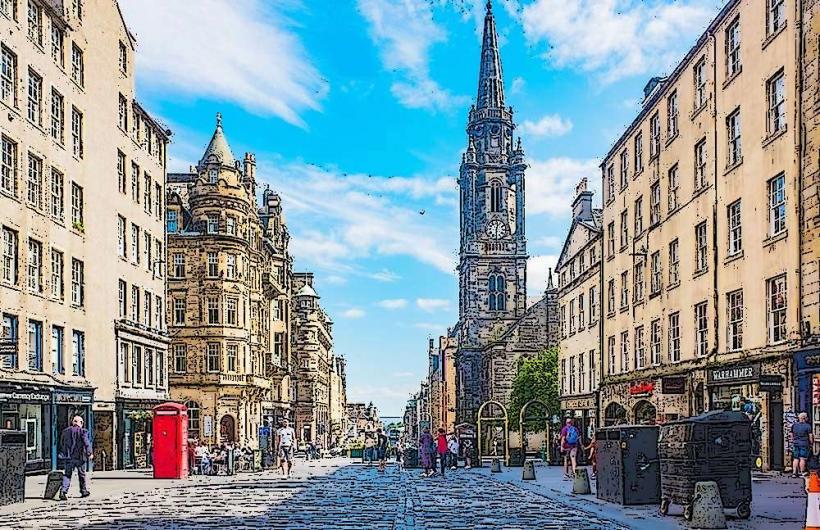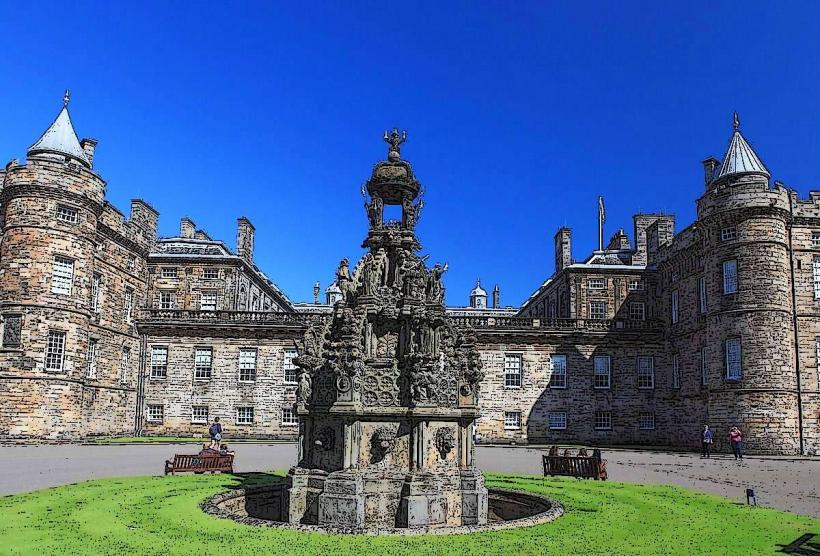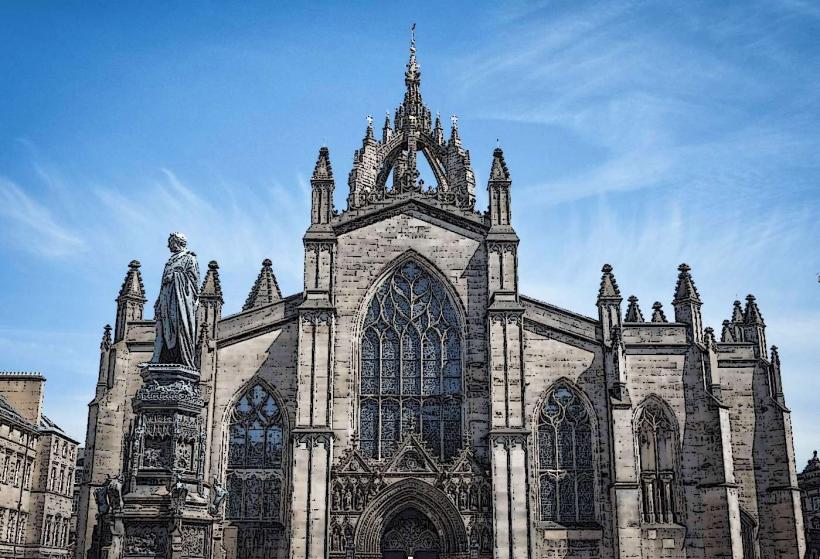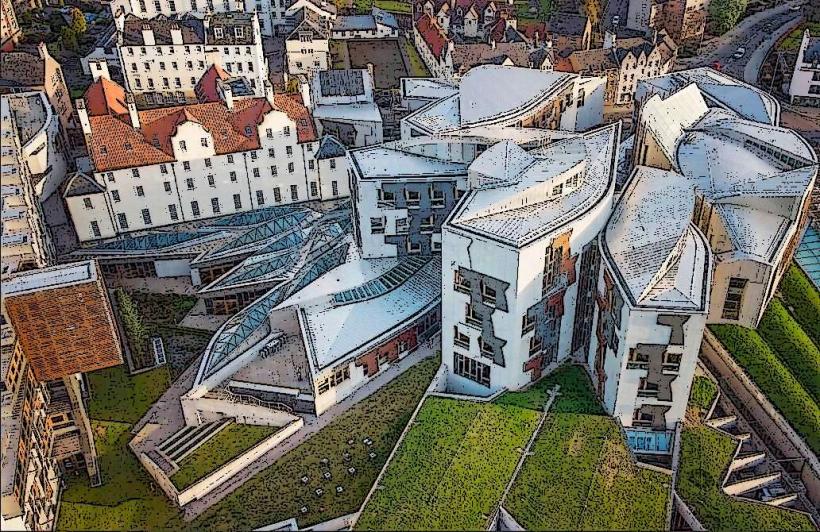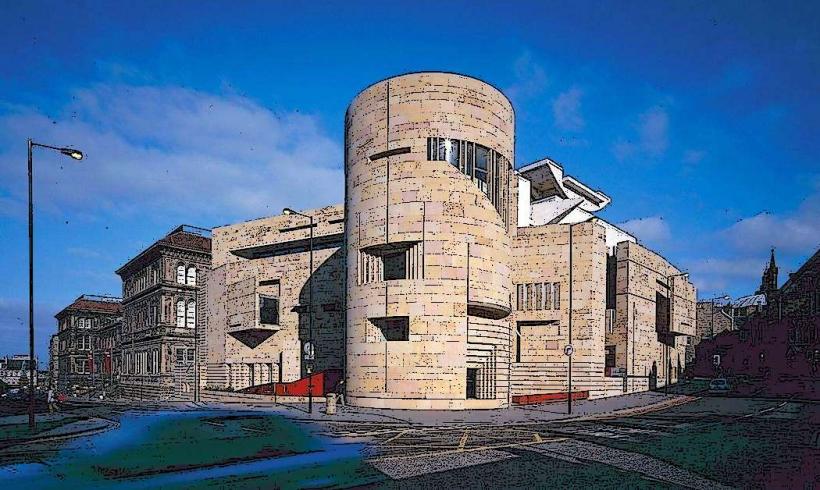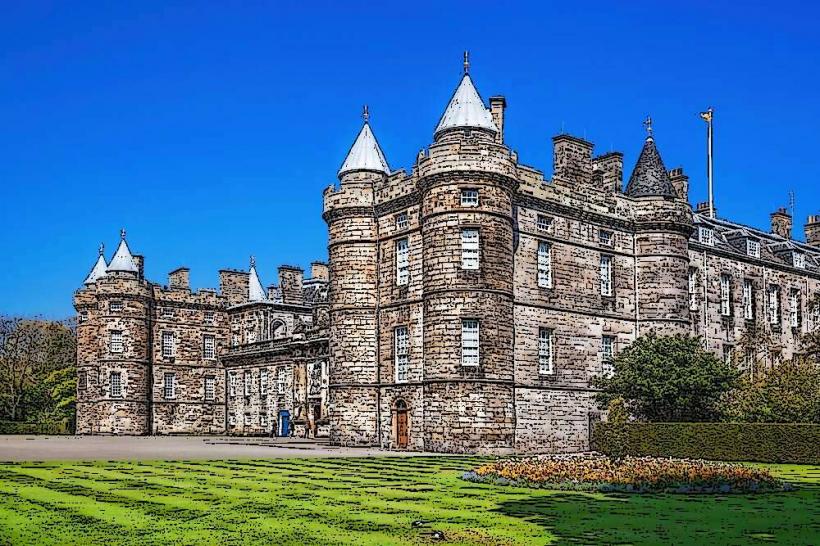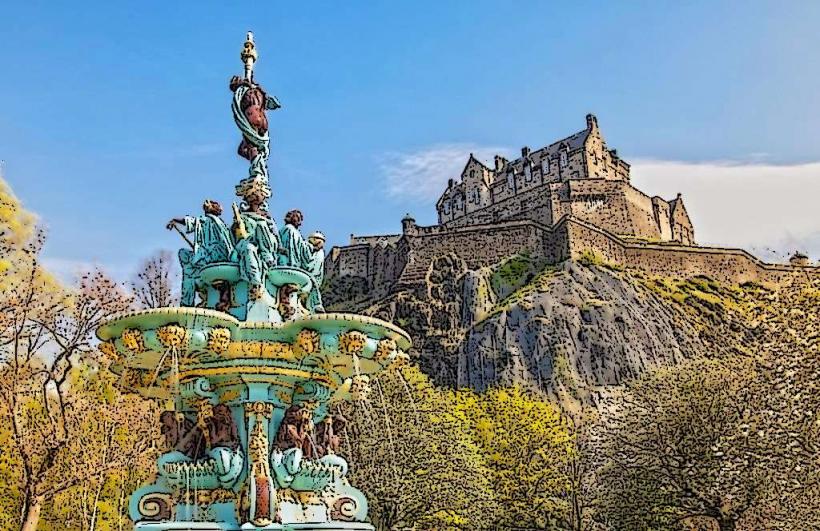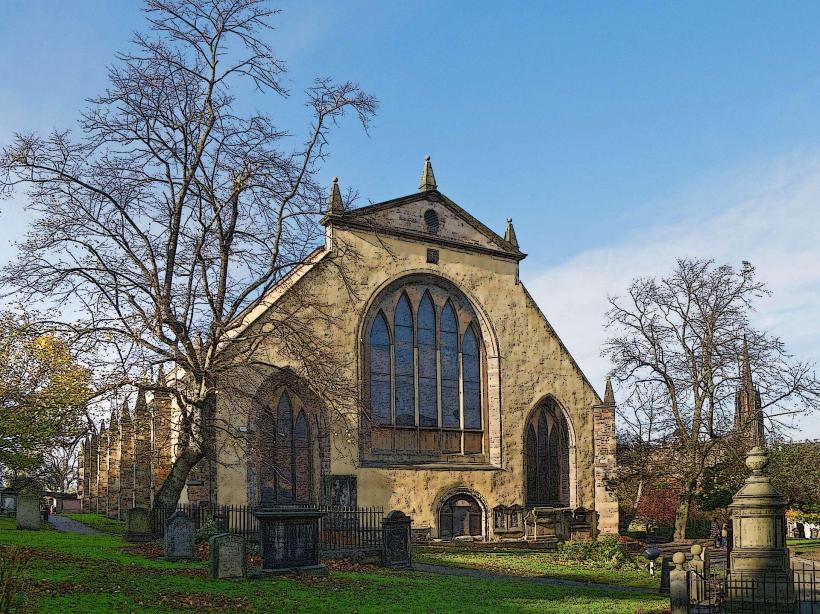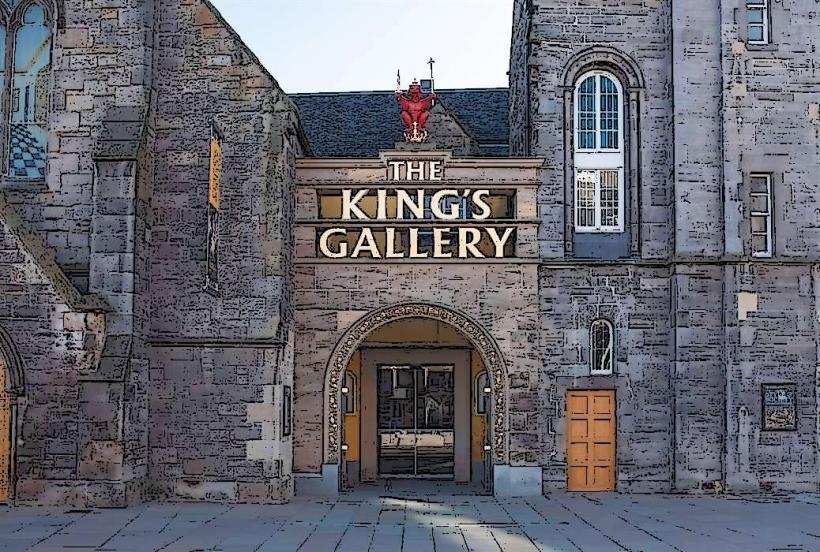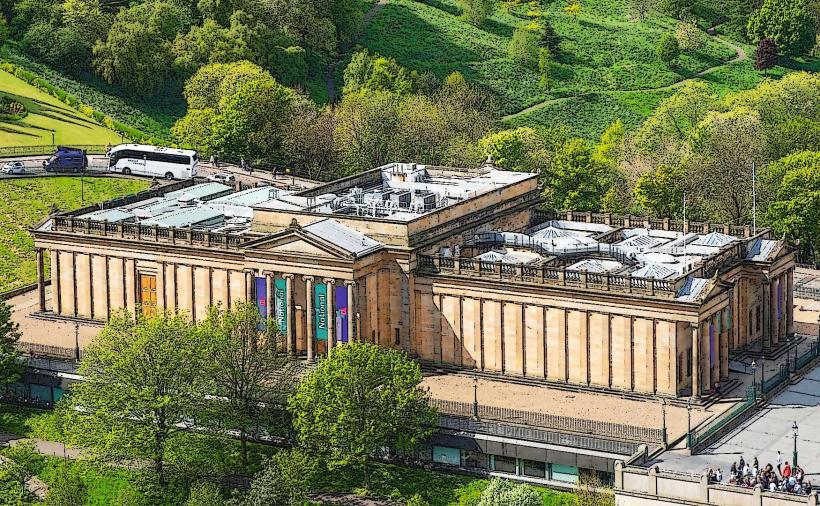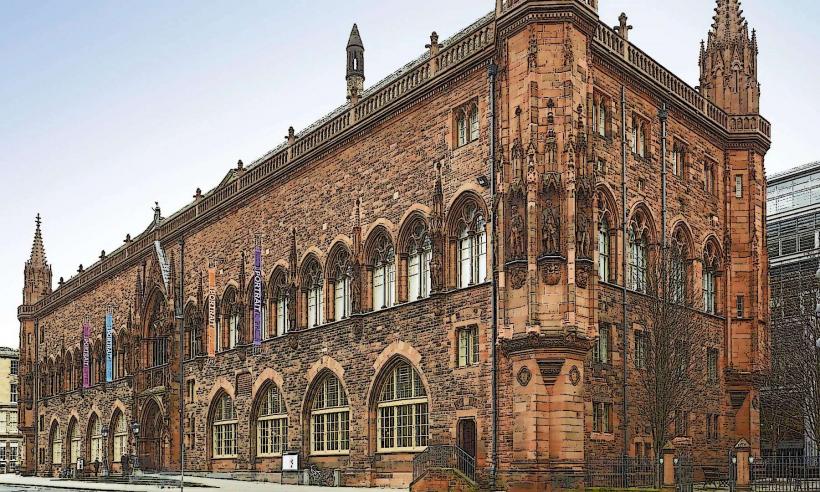Information
Landmark: Real Mary Kings CloseCity: Edinburgh
Country: United Kingdom
Continent: Europe
The Real Mary King’s Close, located in Edinburgh, Scotland, is a historically rich and atmospheric underground close (or alleyway) that provides visitors with an immersive glimpse into life in the 17th century. It’s an essential part of Edinburgh’s Old Town, often described as a hidden time capsule beneath the city. Here’s a closer look into its history, significance, and visitor experience.
1. Historical Background
- Origins: Mary King’s Close was named after Mary King, a prominent merchant and widow who lived in Edinburgh in the early 1600s. She was one of few women in that era with her own business, selling goods such as cloth, and thus held an unusual level of independence and respect. The close itself, like others in Edinburgh, consisted of multi-story tenement buildings housing a mix of families, merchants, and craftsmen.
- Plague and Abandonment: Edinburgh experienced several plague outbreaks in the 17th century, and Mary King’s Close was one of the areas heavily impacted. While many stories allege that plague victims were sealed off and left to die in the close, historical evidence suggests that although quarantine measures were indeed severe, outright abandonment of infected individuals is less certain.
- Buried City: As Edinburgh expanded, it needed more space. In the 18th century, the Edinburgh City Chambers were built over the close, effectively burying it beneath the growing city and preserving much of the structure beneath modern developments.
2. Significance and Legend
- Urban Myths: Mary King’s Close has long been associated with tales of hauntings and dark legends, earning a reputation as one of Edinburgh’s most haunted locations. Stories include sightings of ghosts, eerie sounds, and the spirit of a young girl named Annie, who is said to have lost her doll and whose presence has been felt by visitors.
- Historical Accuracy: Many of these myths have been debunked or tempered by historians, but the close’s chilling atmosphere and centuries-old architecture contribute to the eerie ambiance that fuels ghost stories and legends.
- Preservation of Daily Life: The close offers a preserved slice of daily life from centuries ago. Visitors can see original rooms, streets, and buildings, along with replicas and exhibits that recreate the experiences of the people who once lived there.
3. The Visitor Experience
- Guided Tours: The Real Mary King’s Close offers guided tours, where knowledgeable guides dressed in period costumes provide a theatrical and informative narration. These tours cover the history of the close, tales of the plague, ghost stories, and insights into the daily lives of residents.
- Authentic Ambience: The dim lighting, narrow passages, and damp stone walls give visitors a visceral sense of what life would have been like in a 17th-century Edinburgh close. Tour operators use soundscapes and props to enhance the immersive experience.
- Museum Exhibits: Some areas have been modified to include historical displays, showing artifacts, documents, and other remnants from the lives of former residents. These exhibits detail everything from sanitation practices to the struggles of the poor, giving visitors a sense of the hardships faced by those who lived here.
4. Architectural Details
- Multi-Level Tenements: Mary King’s Close is part of Edinburgh’s historical “stacked housing,” where multi-story tenement buildings with common walls allowed for a dense population in a limited space. These tenements give the close a distinctive look, with steep stairs, narrow corridors, and varied levels.
- Medieval Streets and Alleyways: The close is a series of sloping, tightly packed alleyways and rooms. The layout exemplifies medieval Scottish urban planning, where streets were often covered, narrow, and designed to conserve space.
5. Cultural Impact
- Popular Attraction: Today, Mary King’s Close is one of Edinburgh’s most popular historical attractions, drawing thousands of visitors each year and contributing to Scotland’s rich tourism sector. It’s also a subject of scholarly interest for historians studying urban development, social history, and public health in pre-modern Scotland.
- Documentaries and Films: Its mysterious ambiance has led to numerous documentaries and films covering its history, legends, and architectural marvels. It has become symbolic of Edinburgh’s storied past, inspiring art, literature, and local folklore.
6. Modern Interpretations and Conservation Efforts
- Preservation: Efforts are ongoing to preserve Mary King’s Close and prevent structural damage from the pressure exerted by the modern city above. Preservation involves careful conservation of the walls, floors, and structural features.
- Interactive Technology: New initiatives are incorporating interactive technology to enhance the educational aspect, providing virtual experiences that recreate scenes and help viewers understand the historical context more deeply.
The Real Mary King’s Close is a powerful reminder of Edinburgh’s layered history, with its legends, chilling tales, and preserved architecture providing a unique window into the past.

